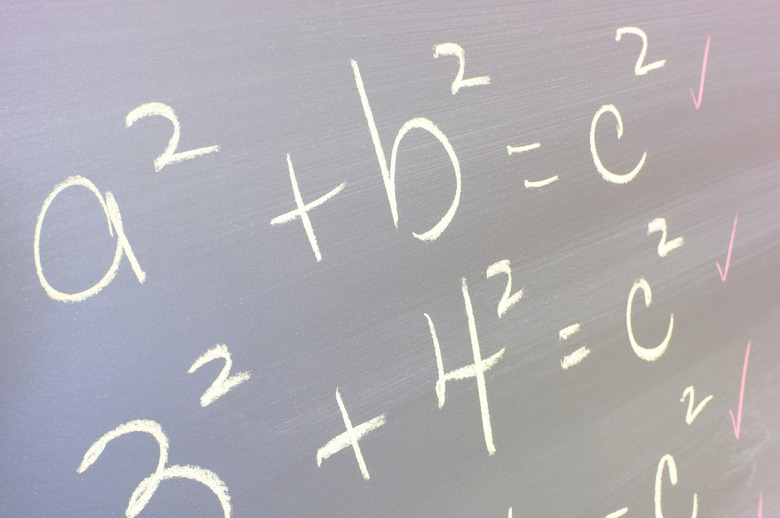How To Linearize A Power Function
You may need to linearize a power function. If you are interested in knowing how one variable linearly depends on another, you need to make sure the function is linearized. This kind of problem shows up routinely in economics and physics. Fundamentally, when linearizing a power function, your goal is to turn a function of the for y = x^n to y = mx +b. The key to this kind of linearization is taking the log of both sides.
Linearizing a Power Function
Step 1
Write down the power function. Identify the power variable. For the function y = x^5, the power is 5. Also identify any scalers in the function. For example, if the function is y = 3z^9, the power is 9 and the scaler is 3.
Step 2
Take the log of each side of the equation. The log has the convenient property that log (x^a) = a_log x. This allows you to simplify the above equation. For the first example in Step 1, log y = 5_log x. For the second example in Step 1, you are left with log y = 9 log z + log 3, by the property that log mn = log m + log n. This is your linearized function.
Step 3
To change the function back to a power function, take the exponential of both sides. The log and exp functions are inverses of each other, so exp (log x) = x. For the first example in Step 2, get: y = exp (5*log x) = exp (log x^5) = x^5.
Cite This Article
MLA
Brown, Nate. "How To Linearize A Power Function" sciencing.com, https://www.sciencing.com/linearize-power-function-8744063/. 24 April 2017.
APA
Brown, Nate. (2017, April 24). How To Linearize A Power Function. sciencing.com. Retrieved from https://www.sciencing.com/linearize-power-function-8744063/
Chicago
Brown, Nate. How To Linearize A Power Function last modified March 24, 2022. https://www.sciencing.com/linearize-power-function-8744063/
